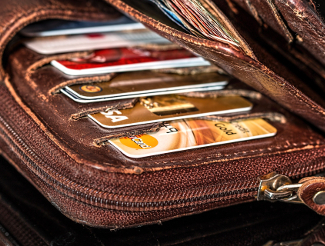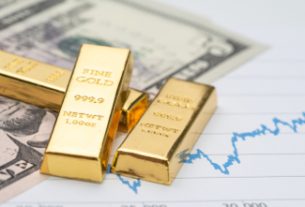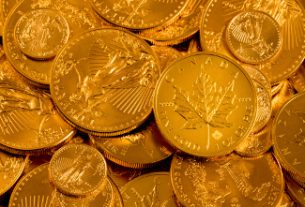The decade of near-zero interest rates in the aftermath of the financial crisis has helped fuel the creation of one of the largest debt bubbles in history. But while the corporate debt bubble gets much of the attention, as well as the $23+ trillion national debt, household debt grows largely unnoticed. And that household debt has just set a new record, growing to over $14 trillion in the fourth quarter of 2019.
The current level of $14.15 trillion is nearly 12% higher than the pre-crisis high. That significantly higher debt level leaves American households less able to weather the next financial crisis. And with the next crisis possibly just around the corner, that’s a worrying sign for American households.
That increase in household debt is also likely responsible for any continuing positive signs in consumer sentiment and consumer spending. The fact is that the US economy and US consumer activity is being kept afloat not because households are in sound financial shape, but because they are going even further into debt to finance their spending. And just like in 2008, those increased levels of debt will come back to bite them when the economy finally turns south.
High-flying stock markets have lulled many investors and households into a false sense of confidence. But stock markets are very often lagging indicators, only really crashing after a recession finally begins. Remember, the worst stock market drops in 2008 only occurred nine months after the recession began, with markets continuing to spiral downward for months afterward. So by the time most investors realized that there was a problem, they had already sustained significant double digit losses to their investment portfolios.
Rising levels of household debt are just another indicator that the economy is weakening. From unprecedented levels of speculation in high-flying tech stocks such as Tesla, to the 1% dumping stocks while retail investors pour into markets, to increasing levels of debt throughout the economy, economic conditions are worsening daily.
Many investors have already begun to protect their investments, choosing to invest in gold, silver, and other precious metals in order to safeguard their retirement savings. But many more investors will try to hold on until the last minute, eking out every last penny of the stock market bull run. They’ll risk all the gains they’ve made over the past several years to make just a little bit more money in stock markets.
The risk in that case is holding on after the crash starts, hoping that markets will turn around. But they won’t, and those investors will ride the crash downward and erase a decade’s worth of investing returns. Did you make that mistake in 2008? Did you vow not to make the same mistake again? If so, you owe it to yourself to looking into protecting your retirement savings with gold and silver today.
This article was originally posted on Goldco.




